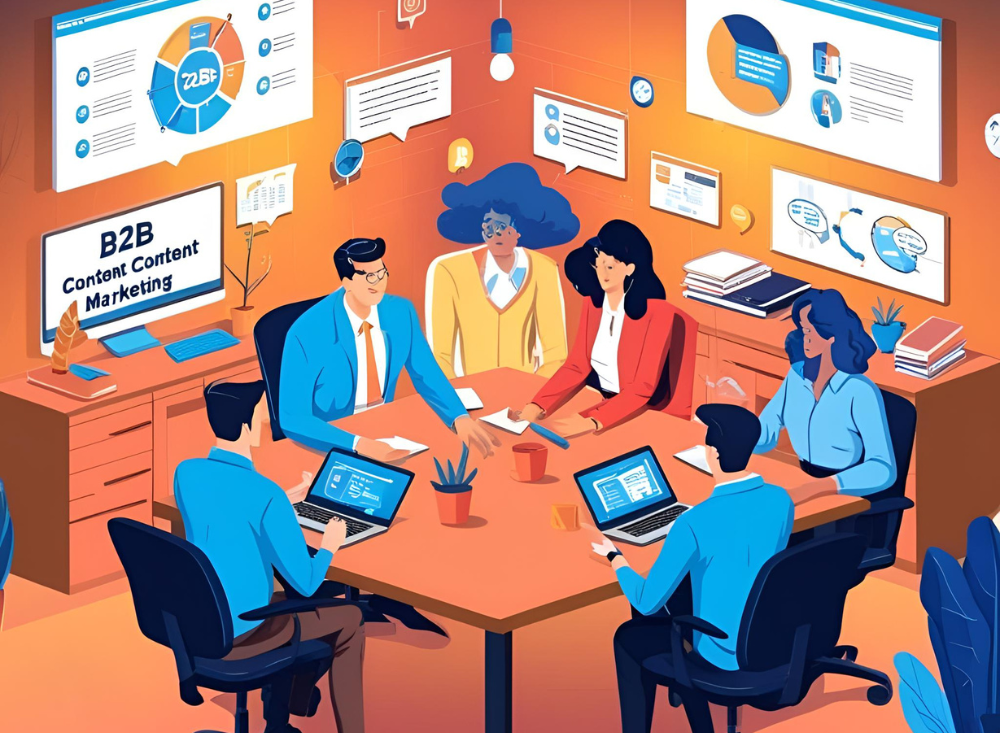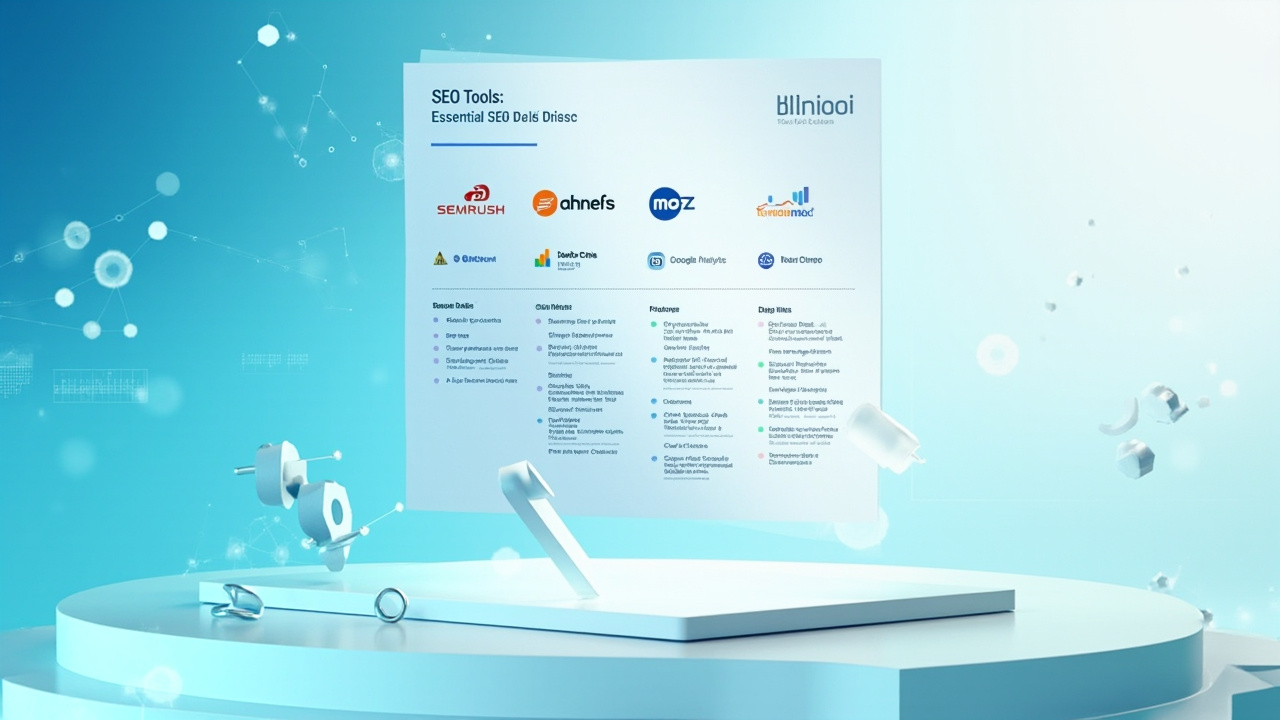In the digital age, where technology is reshaping industries at an unprecedented pace, the recruitment sector is no exception. Traditional hiring processes, once reliant on paper resumes and face-to-face interviews, are evolving rapidly to meet the demands of a tech-savvy world. At the forefront of this transformation is Salio.ai, an innovative platform revolutionizing how companies attract, assess, and onboard talent. But how exactly is online recruitment evolving through Salio.ai, and what does this mean for businesses and job seekers alike?
The recruitment landscape has long been plagued by inefficiencies and biases. From endless paperwork to subconscious prejudices, traditional methods often fail to identify the best candidates or provide an equitable hiring process. Enter Salio.ai, a game-changer in the recruitment industry that leverages AI to streamline processes, enhance decision-making, and ensure diversity and inclusion in the hiring pipeline. But this isn’t just about technology; it’s about fundamentally transforming how we view talent acquisition.
Throughout this article, we’ll explore the multifaceted evolution of online recruitment, delve into the capabilities of Salio.ai, and examine how modern tools like GenQE are subtly enhancing software quality in this arena. By the end, you’ll understand not only the current state of recruitment technology but also gain insights into the future of hiring.
The Traditional Recruitment Challenges: A New Era Demands New Solutions

Every organization, regardless of size or industry, faces recruitment challenges. The traditional methods, while once effective, are now increasingly seen as cumbersome and outdated. But what are these challenges, and why do they necessitate a shift towards innovative solutions like Salio.ai?
The Limitations of Conventional Hiring Practices
At its core, traditional recruitment is characterized by manual processes, which are both time-consuming and prone to error. The reliance on human judgment often leads to biases, whether conscious or unconscious, affecting the diversity and quality of hires. Moreover, the administrative burden of sifting through resumes, scheduling interviews, and conducting assessments can overwhelm HR departments, especially in larger organizations.
“The recruitment landscape has long been plagued by inefficiencies and biases.”
Studies have shown that it takes an average of 42 days to fill a position, with companies spending over $4,000 per hire. These figures highlight the inefficiency and costliness of conventional methods, underscoring the need for a more streamlined approach.
The Need for Speed and Agility in Hiring
In today’s fast-paced business environment, the ability to quickly identify and onboard talent is crucial. Companies can no longer afford lengthy recruitment cycles, especially when top candidates are often off the market within ten days. This demand for speed and agility is a significant driver behind the adoption of AI-powered recruitment tools.
Salio.ai addresses these issues by automating many of the manual tasks involved in hiring, such as resume screening and preliminary assessments. By utilizing machine learning algorithms, it can quickly identify candidates who best fit the job requirements, thereby reducing time-to-hire and ensuring that no suitable candidate slips through the cracks.
Transition to the Next Generation of Recruitment
As we transition from traditional to modern recruitment practices, it’s essential to look at how new technologies integrate with existing systems. This is where platforms like GenQE come into play. While Salio.ai focuses on enhancing recruitment efficiency, GenQE ensures that the underlying software systems supporting these processes are robust and reliable. By offering AI-driven test generation and smart test execution, GenQE helps maintain high software quality, reducing downtime and ensuring seamless recruitment operations.
Salio.ai: A Paradigm Shift in Talent Acquisition

Salio.ai is not just another recruitment tool; it’s a paradigm shift in how organizations approach talent acquisition. By harnessing the power of artificial intelligence, Salio.ai offers a comprehensive suite of features that streamline recruitment processes and improve outcomes.
AI-Driven Candidate Screening
One of the standout features of Salio.ai is its ability to automate candidate screening. Using advanced algorithms, the platform analyzes resumes and applications, identifying key skills and experiences that match job descriptions. This not only accelerates the initial screening phase but also reduces the risk of human bias, ensuring a fairer recruitment process.
“Salio.ai is not just another recruitment tool; it’s a paradigm shift in how organizations approach talent acquisition.”
The use of AI in candidate screening is backed by research, which indicates that automated systems can be up to 70% more efficient than manual reviews. This efficiency translates to significant time savings for HR teams, allowing them to focus on more strategic aspects of recruitment.
Enhancing Diversity and Inclusion
Diversity and inclusion are critical components of modern recruitment strategies. Salio.ai addresses these priorities by incorporating algorithms that highlight diverse candidates and mitigate biases. By analyzing large datasets, the platform identifies patterns of exclusion and suggests corrective measures, fostering a more inclusive hiring environment.
For example, Salio.ai’s AI-driven insights can reveal if certain demographic groups are consistently underrepresented in the candidate pool, prompting recruiters to adjust their sourcing strategies. This proactive approach not only enhances diversity but also strengthens the organization’s overall talent pool.
Integration with Existing HR Systems
Salio.ai is designed to seamlessly integrate with existing HR systems, ensuring a smooth transition for organizations adopting the platform. Its compatibility with popular HR software means companies can leverage AI capabilities without overhauling their entire recruitment infrastructure. This ease of integration is a significant advantage, as it minimizes disruption and accelerates the adoption of AI-driven recruitment practices.
As we explore how Salio.ai transforms recruitment, it’s essential to recognize the role of complementary tools like GenQE in maintaining software quality. By ensuring robust integration with HR systems, GenQE supports Salio.ai’s functionality, enabling organizations to harness the full potential of AI in recruitment.
The Role of AI in Reducing Recruitment Bias

Bias in recruitment has long been a topic of debate, with traditional methods often criticized for perpetuating stereotypes and limiting diversity. However, the advent of AI in recruitment offers a solution to these challenges, providing a more equitable approach to talent acquisition.
Identifying and Mitigating Bias
AI algorithms, when designed correctly, can identify biases in recruitment processes and suggest corrective actions. Salio.ai, for instance, utilizes machine learning to analyze historical hiring data, spotting patterns that may indicate bias. By providing insights into these patterns, the platform allows organizations to adjust their recruitment strategies, ensuring a fairer evaluation of candidates.
“Bias in recruitment has long been a topic of debate, but AI offers a solution.”
Moreover, AI-driven tools can anonymize candidate information during the screening process, focusing purely on skills and experience rather than demographic factors. This anonymization helps eliminate conscious or unconscious bias, promoting a more diverse and inclusive workforce.
The Importance of Ongoing Monitoring
While AI can significantly reduce bias, it’s essential for organizations to continuously monitor their recruitment processes to ensure fairness. Salio.ai provides dashboards and analytics that enable HR teams to track diversity metrics and make informed decisions. This ongoing monitoring is crucial for maintaining a bias-free recruitment environment and fostering a culture of inclusivity.
The collaboration between AI platforms like Salio.ai and quality engineering tools such as GenQE is vital in this context. GenQE’s advanced analytics and reporting features can be leveraged to ensure that the software systems supporting recruitment are functioning correctly, providing accurate data for bias monitoring.
Building Trust in AI-Driven Recruitment
For AI-driven recruitment to be effective, organizations must build trust in these technologies. This involves educating HR teams and candidates about the benefits of AI and ensuring transparency in how algorithms are used. Salio.ai’s user-friendly interface and detailed reporting tools help demystify AI processes, promoting trust and encouraging wider adoption of AI in recruitment.
Enhancing Candidate Experience with AI

In the competitive job market, providing an exceptional candidate experience is crucial for attracting top talent. AI-driven platforms like Salio.ai play a significant role in enhancing candidate interactions, ensuring a smooth and engaging recruitment process.
Streamlining Communication
Effective communication is at the heart of a positive candidate experience. Salio.ai automates routine communication tasks, such as sending interview invitations and status updates, ensuring candidates are kept informed at every stage of the recruitment process. This automation not only saves time for HR teams but also provides candidates with timely information, reducing anxiety and enhancing their overall experience.
“Providing an exceptional candidate experience is crucial for attracting top talent.”
Moreover, Salio.ai’s AI-driven chatbots can handle candidate inquiries, providing instant responses and freeing up recruiters to focus on more complex interactions. This combination of automation and personal touch creates a seamless communication flow, fostering a positive impression of the organization.
Personalizing the Recruitment Journey
Personalization is another key aspect of an outstanding candidate experience. Salio.ai leverages AI to tailor the recruitment journey to each candidate’s preferences and needs. By analyzing candidate data, the platform can provide personalized job recommendations, interview tips, and feedback, ensuring candidates feel valued and understood throughout the process.
Personalization extends beyond the recruitment phase, as Salio.ai’s insights can inform onboarding strategies, ensuring new hires have a smooth transition into their roles. This comprehensive approach to personalization enhances the candidate experience, increasing the likelihood of successful hires and long-term retention.
Leveraging Analytics for Continuous Improvement
To continually enhance candidate experience, organizations must leverage data-driven insights. Salio.ai provides detailed analytics on candidate interactions, allowing HR teams to identify areas for improvement and optimize their recruitment strategies. This data-driven approach ensures that candidate experience remains a priority, leading to better hiring outcomes and stronger employer branding.
Integrating GenQE’s advanced analytics capabilities into this process can further enhance candidate experience. By ensuring that the underlying software systems are functioning optimally, GenQE supports seamless candidate interactions, minimizing technical glitches and ensuring a smooth recruitment journey.
The Future of Recruitment: Embracing AI and Beyond

As we look to the future, it’s clear that AI will continue to play a pivotal role in transforming recruitment. However, the evolution of recruitment technology doesn’t stop at AI; it encompasses a broader ecosystem of tools and strategies that enhance every aspect of talent acquisition.
The Rise of Predictive Analytics
Predictive analytics is set to become a cornerstone of modern recruitment strategies. By analyzing historical data and identifying trends, predictive analytics can forecast hiring needs and candidate success, enabling organizations to make proactive recruitment decisions. Salio.ai’s predictive capabilities empower HR teams to anticipate talent shortages and plan accordingly, ensuring a steady pipeline of qualified candidates.
“The future of recruitment technology encompasses a broader ecosystem of tools and strategies.”
Predictive analytics also enhances workforce planning, allowing organizations to align their recruitment efforts with business goals. By understanding future talent needs, HR teams can develop targeted sourcing strategies and build a more agile and responsive recruitment process.
The Integration of AI with Human Insight
While AI offers significant advantages, the human touch remains essential in recruitment. The future of recruitment lies in the seamless integration of AI and human insight, where technology enhances, rather than replaces, human decision-making. Salio.ai exemplifies this integration by providing AI-driven recommendations that HR teams can use to inform their decisions, ensuring a balanced approach to recruitment.
This integration extends to quality assurance processes, where tools like GenQE play a crucial role. By automating routine testing tasks and providing actionable insights, GenQE allows HR teams to focus on strategic recruitment activities, driving better outcomes for candidates and organizations alike.
Preparing for the Future of Work
The future of recruitment is intrinsically linked to the future of work. As remote and hybrid work models become the norm, recruitment strategies must adapt to accommodate these changes. Salio.ai is at the forefront of this evolution, offering features that support remote hiring and virtual onboarding, ensuring organizations can attract and retain talent in a changing work environment.
By embracing AI and integrating complementary tools like GenQE, organizations can position themselves at the cutting edge of recruitment technology, ready to meet the challenges and opportunities of the future.
Conclusion: Transforming Recruitment with Innovation

The evolution of online recruitment through platforms like Salio.ai represents a significant shift in how organizations approach talent acquisition. By leveraging AI, companies can streamline processes, enhance decision-making, and ensure a more inclusive and equitable hiring environment. As we’ve explored throughout this article, the integration of AI with human insight is key to unlocking the full potential of recruitment technology.
“By leveraging AI, companies can streamline processes, enhance decision-making, and ensure a more inclusive and equitable hiring environment.”
Tools like Salio.ai and GenQE offer a glimpse into the future of recruitment, where technology and human expertise work hand-in-hand to drive better outcomes. As organizations continue to embrace these innovations, they will be well-equipped to navigate the complexities of modern recruitment and secure the talent needed to thrive in a competitive landscape.
For those looking to enhance their recruitment processes, exploring tools like Salio.ai and GenQE offers an opportunity to improve efficiency, reduce bias, and ensure software quality. As you embark on this journey, consider how these technologies can transform your approach to hiring and position your organization for success in the digital age.
Discover More Innovative Solutions
Want to learn more about the tools and technologies discussed in this article? Explore how these innovations can be tailored to your specific needs and workflow requirements.
Our team of experts is available to answer your questions and provide personalized insights into how modern solutions like GenQE can address your specific challenges.
If the link above does not work, please visit: https://calendly.com/dm-csimplifyit/30min?month=2025-05






































